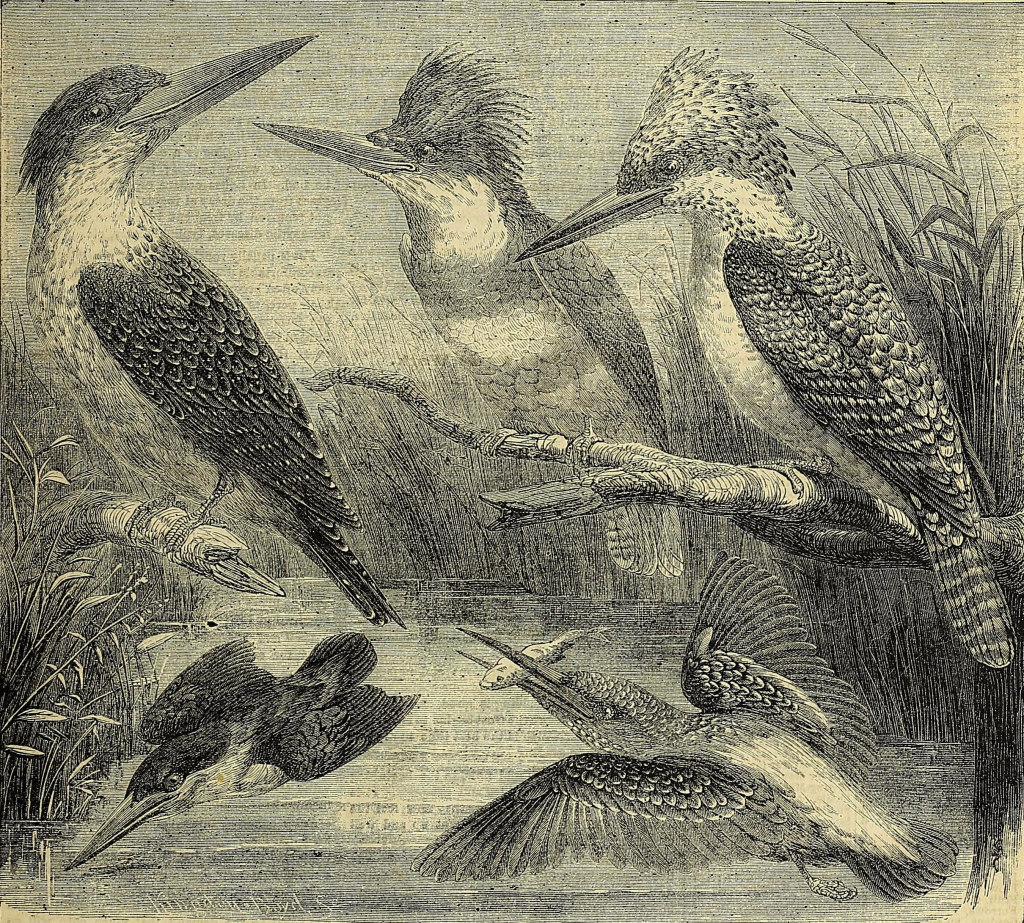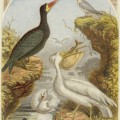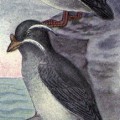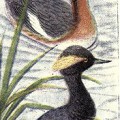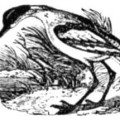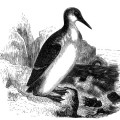I was able to get an absolutely huge scan of this kingfisher engraving. It was the featured illustration in the American Agriculturist magazine v.26 in 1867.
Kingfishers are recognizable for their short bodies, short legs, short rounded wings and large heads and bills. The bird in the center of this kingfisher engraving is an Alcedo
The bird in the center of this kingfisher engraving, the one with the ring around his neck, is an belted kingfisher. They build their nests in holes in banks near streams. It dines on fish from the stream. He is the one bird in this group that is an American native.
It’s unfortunate that this engraving hasn’t been colored because the bird below the Alcedo is a European Kingfisher. They have an orange and black bill with white, green, blue, azure and bright orange feathers.
The darker bird, darting along the bottom towards the left corner is a little East Indian Kingfisher. The spotted kingfisher on the right is also from India and called the “fish tiger” by the locals.
The giant African Kingfisher is the last of the group. He is the largest of the kingfishers found in southern Africa. They can grow up to 18 inches long and eat crabs, fish and frogs.
I think part of the charm of these “botanical” plates is how the artist often groups species from different parts of the world together so we can enjoy comparing them. Even better, this one is absolutely huge. Just click on the kingfisher drawing below to gain access to the full-sized version.
This image is copyright free and in the public domain anywhere that extends copyrights 70 years after death or at least 120 years after publication when the original illustrator is unknown.
